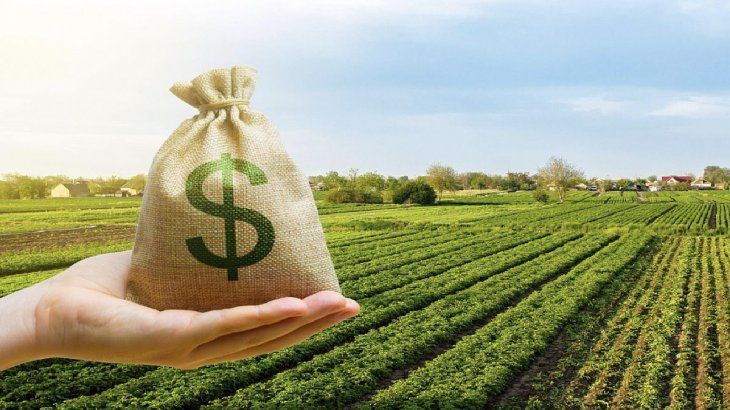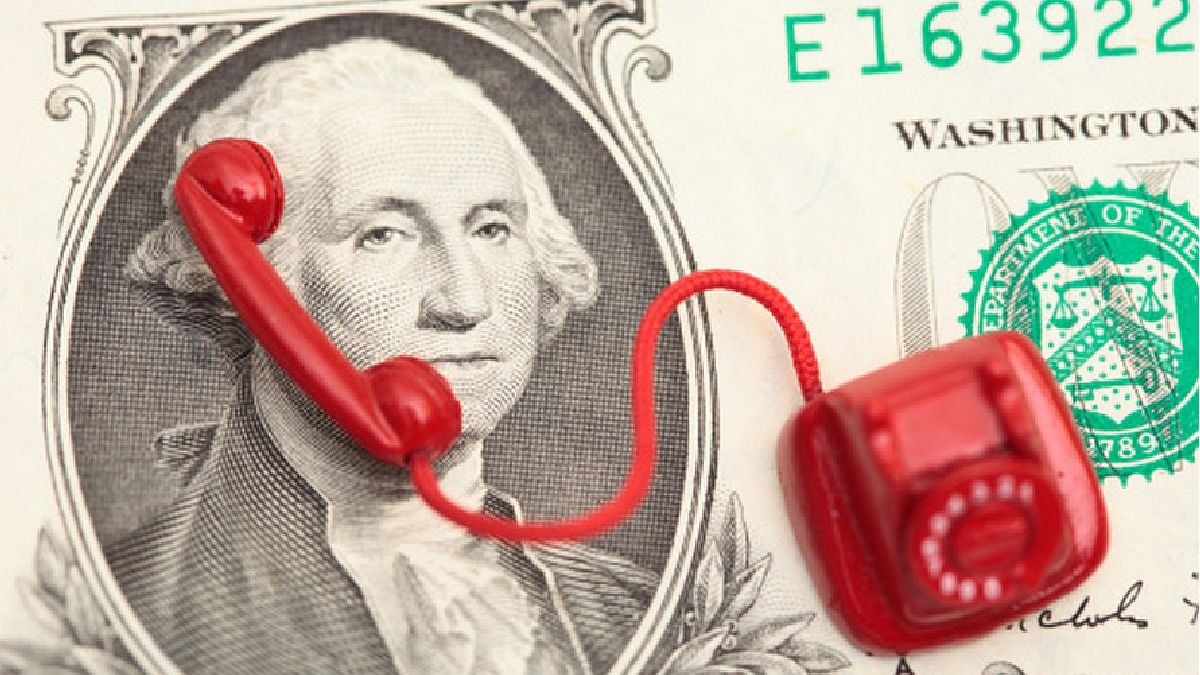-Prices come at a speed of 9% per month, it seems to me that inflation is spiraling.
Q.: What happens with the exchange rate gap?
-Friday ended at 95% for the MEP versus wholesale dollar comparison, and at 106.5% in the CCL versus wholesale dollar comparison.
Q.: How do you see the month of June?
-We see that a rising price scenario is consolidating, it is the month in which we will meet the presidential candidates, however, uncertainty continues to reign, since the future blurs the closer we get to the elections on August 13.
Q.: What do you want to tell me?
-The proposal of dollarization and elimination of the Central Bank of Javier Milei is the clearest thing that is heard. We do not know the proposal of Patricia Bullrich and even less that of Horacio Rodríguez Larreta. The Frente de Todos takes refuge in Cristina, with an economic proposal that looks crazy, at least when they want to explain why we have inflation.
Q.: How do you see the next 80 days until August 13?
I see them complicated. Sergio Massa wants to get stuck with dollars in the reserves, all borrowed money that is difficult to obtain, that is not increasing the reserves, it is borrowing and paying it back.
dollar elections.jpg
minute one
Q.: What does pagariola mean?
-Let the one behind pay for it, if he can.
Q.: Why do you say that?
-Reserves for genuine growth should increase with the Treasury surplus. For the Treasury to have a surplus, income should exceed expenditures. This scenario is not available, therefore, we have a guaranteed deficit, more issuance of pesos and less reserves for the future.
Q.: What will happen to soybeans?
-Hectares were planted to produce 45 million tons of soybeans, for that total approximately 13.5 million tons would be paid for rent. We estimate that 20 million tons will be harvested, and to date 6.2 million tons would have been sold with a price, therefore, 13.8 million tons remain to be sold.
Soybeans pesos.jpg

Courtesy: Lancetalent
Q.: What do you want to tell me?
-That most of the soybeans that remain to be sold are used to pay rent, with which the sale decision is not in the hands of the producer, it is in the head of the owner of the field who rents it out.
Q.: So?
-The owner of the field is not as economically complicated as the producer, he can wait to sell, and he will surely look for a new incentive to sell or wait to liquidate after the elections.
Q.: Are there no soybean sales on the horizon?
-From our point of view no, therefore, the Government will have to look for a return to liquidate.
Q.: What could be the incentive?
-A dollar is very high.
Q.: Would that increase the reserves?
-Let’s speak clearly, the soybeans belong to the producers or the owner of the field, if they liquidate soybeans the Government receives dollars and issues pesos, this implies that if the producer or owner of the field liquidates soybeans it is not synonymous with greater genuine reserves, at On the contrary, if they settle with a preferential dollar, the Central Bank becomes decapitalized, because it buys dollars at a higher price than the one it uses to sell and satisfy the demand of importers.
Q.: Are we in a trap?
-Yeah. We are doing things very wrong, and we are confusing people.
Q.: Explain to me…
– I repeat it, the reserves increase, if only yes, the government has a fiscal surplus, and with the proceeds of the surplus it buys dollars to strengthen the reserves.
Q.: If China extends the swap…
-Dollars enter the assets, but there is an obligation to fulfill that is in the liabilities of the Central Bank. The effect is neutral.
Q.: If you extend a soybean dollar to $300…
-For the dollars that come in, you pay $300, and when you give dollars to an importer, you charge $240.74. He pays a lot to get the dollars and charges little. The Central Bank is a strainer.
Q.: If the IMF advances you US$10,000 million…
-He advances you some money so that you can pay him later, what goes in, on one side, ends up coming out on the other.
Q.: They are lying to us.
-Correct.
Q.: What can happen?
-What we always warn from these columns: we can go to an inflation higher than 200% per year, since prices spiral. That would force an interest rate rise, and this will cause the exchange rate gap to seek a new equilibrium point, around 120%.
Q.: Do you have numbers?
-By the end of August, we could have a wholesale dollar at $305.7, when the future dollar as of August 31 is today at $329.85. The alt dollars could sit at $670 if the gap rises to 120%. In this scenario, we would be projecting inflation of around 9.5% per month, which would give you a projection of 197% per year.
Q: With this scenario, if a new soybean dollar comes out, should it be much higher than $300?
-Correct, from our point of view a new soybean dollar should be at $400.
Q.: Does the corn dollar come out?
-Negative, if this happened we would have to talk about other values for projected inflation, which would be higher.
Q.: What about inflation after August?
-Meat will have a leading role, we believe that meat rises sharply after August. If we have rains in the core zone, the producer would begin a process of animal retention. This would trigger prices up. There are few calves left on the market, much more was sold than in previous years. Meat could recover against inflation.
Q.: What price could the kilo of meat have on the counter at the end of August?
-If the price of meat recovers the ground it lost against inflation from December 2021 to August 2023, the steer that today is $580 for the month of August should be worth $700, with which the meat in the counter should increase as a floor by 20%. We could see the biggest increase in calves, which today are worth $500 per kilo and could rise to levels of $650 or more per kilo.
Q.: Business is complicated for the producer who fattens animals.
-Correct, inflation takes away profitability from the business of fattening animals, until August we will have a significant supply of animals that may contain the price, after August, hold on Catalina.
Conclusions:
- The prices of soybeans, wheat and corn at the international level are falling, only a drought in the United States could generate a change in trend. It is not certain that the United States has a (dry) girl scenario.
- It is very likely that it will rain in Argentina in August, this would encourage producers to sow even in the pot, which would imply more supply of soybeans, wheat and corn, prices will not stand out due to a significant rise. Ranchers will go on to withhold property, which will raise the price of bovine meat, and will surely drag pork and poultry meat up.
- We do not see a disruptive scenario that changes the government’s fiscal and monetary management scheme. We will continue with rising inflation, where the interest rate and the devaluation rate will run behind prices.
- The uncertainty about a beneficial agreement with the IMF, the presentation of the candidates in June, and the rising issuance due to higher electoral expenses by the government, make us think that the dollarization of portfolios will continue to increase, which would lead alternative dollars to much higher prices than today. The dollar over $600 is on the horizon for the next 60 days.
Source: Ambito
David William is a talented author who has made a name for himself in the world of writing. He is a professional author who writes on a wide range of topics, from general interest to opinion news. David is currently working as a writer at 24 hours worlds where he brings his unique perspective and in-depth research to his articles, making them both informative and engaging.




